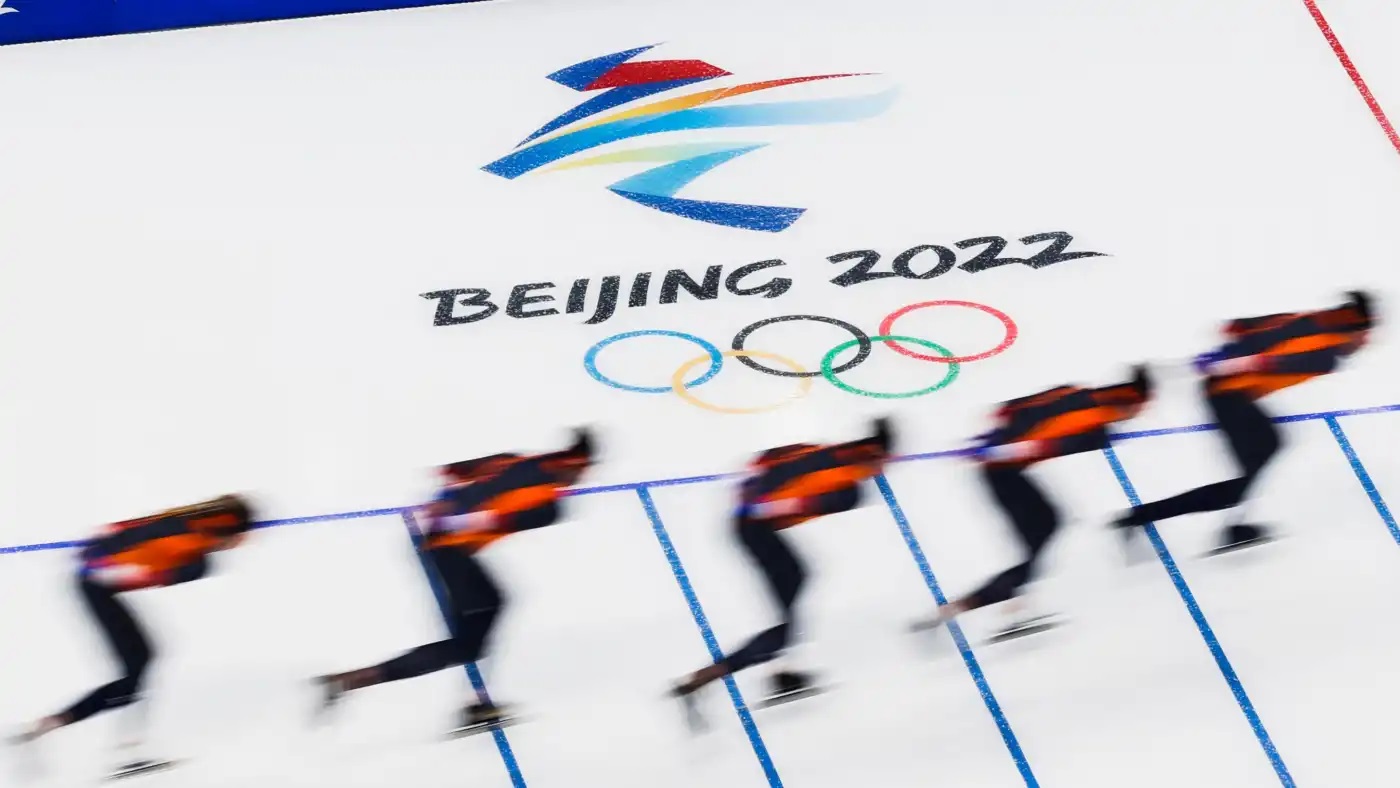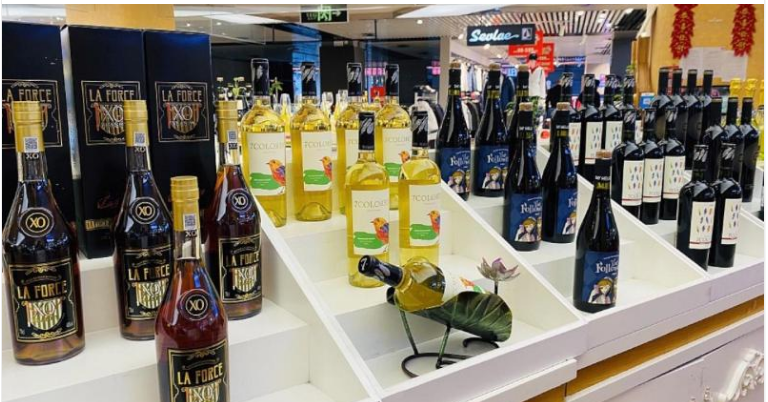How these ski products "ski into" Beijing Winter Olympics by seizing the opportunity of RCEP?
In 2022, As sports events such as Winter Olympics draw near, meanwhile, the policy is delivering benefits, capital is entering the market, definitely you're seeing an increasing trend in the sports industry in China.
According to the Chinese National Bureau of statistics, by October 2021, 346 million residents had participated in ice-snow sports. Some analysts pointed out that the sports industry may become an uncontested blue ocean that can reach trillion yuan, and the diversified income model of the industry will also bring more market opportunities.
The Winter Olympics has been one of the hot topics in the world. The Winter Olympics has brought opportunities to the ice-snow industry, which includes ice-snow fitness venues and supporting facilities, equipment, sports training and etc. The imagination space has been opened, and the vision of "driving 300 million people to participate in ice and snow sports" is gradually realized.
The president of Helsinki clown club, which is Finland's top ice hockey team, Yogo Kogen once said, "China will build thousands of ice project facilities in the future, which will be a huge business opportunity for the international ice-snow industry. Finland can provide technical equipment and expert consultation on the venue construction".

In this boom of ice-snow sports, skilling is particularly delivering a strong performance. With the development of skiing in China, more and more overseas professional outdoor and skiing brands are also entering the Chinese market.
Li Xi, CEO of Cambodia's e-commerce "smile mall", said that RCEP can allow products from member countries to enter Cambodia at a lower cost, which is conducive to the development of local e-commerce platforms. Gino Mariani, a shoe factory in Indonesia, expects RCEP to make its brand go out of Indonesia and enter a broader market,
On February 1, the Regional Comprehensive Economic Partnership (RCEP) trade pact takes effect in S.Korea, South Korea has become the 11th country to join the regional trade bloc.
The cumulation rule of origin will be implemented in a wider range, with lower tariff costs and more efficient customs clearance, and it will present a huge boon for the business sector.
According to the analysis of UNCTAD: “the RCEP’s tariff concessions would further boost the intraregional exports of the newly formed alliance by nearly 2 percent, approximately US$42 billion. This is the result of two forces: trade creation, as lower tariffs would stimulate trade between members, by nearly US$17 billion; and trade diversion, as lower tariffs within RCEP would redirect trade away from non-members to members, equivalent to nearly US$25 billion.”
How can RCEP goods enjoy specific preferential treatment, how to know whether the goods are on the list of the tariff-cutting list? What do RCEP origin goods mean? What is the specific relationship between rules of origin and tariff-cutting?
In the following articles, I‘d like to share my thoughts on RCEP with you, and any thoughts from you are welcomed.
Please feel free to contact me for further information: info@gkc-expo.com





